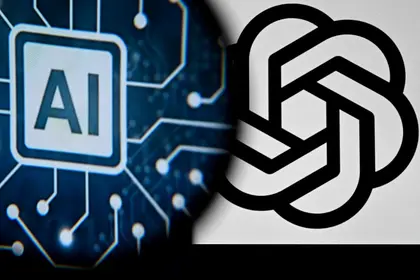Ukraine’s National Agency for the Prevention of Corruption (NAPC) has changed its approach to verifying declarations.
In a step toward increased efficiency and minimizing corruption, Artificial Intelligence (AI) will be used to verify the declarations of civil servants.
JOIN US ON TELEGRAM
Follow our coverage of the war on the @Kyivpost_official.
Previously, the NAPC was obliged to check the declarations of top officials annually, so only the declarations of, among others, the president of Ukraine, ministers, parliamentarians and judges were fully verified.
Instead, more than 99 percent of declarations were not subject to systematic control by the NAPC, and verification of other officials was possible only upon request of citizens, journalistic investigations, or in cooperation with law enforcement agencies.
What has changed?
From now on, declarations will be selected for verification based on the results of the risk assessment of the declaration, in other words, depending on the risk rating.
All submitted declarations will be subject to risk assessment. Those declarations that have the lowest risk rating and can be checked automatically will be checked by artificial intelligence, an automated verification mechanism.
This involves comparing the declaration data with other registers, and checking it with certain formulas, for example, to identify signs of illicit enrichment, the presence of unjustified assets, etc.
Over the past year and a half, when the mandatory submission of declarations and their verification was suspended, the NAPC focused on lifestyle monitoring and used this time to develop IT products that can support the implementation and enforcement of the new approach.

Scandalous Ukrainian Lawmaker Suspected of Hiring Thugs to Beat Up Veteran
Receiving a certificate of auto-verification does not mean that the declaration has been fully verified, but rather that it has a minimal risk factor. The NACP will be able to return to them if new facts are discovered or if it receives a report regarding signs of false declaration.
Out of the remaining 70 percent of declarations, those with the highest risk rating will be selected for full verification. The selected declarations will be distributed for verification by NACP representatives in an automated mode.
“The possibility of human intervention in the auto-verification or auto-distribution procedures is excluded, it is done by a machine using software products that have been protected,” said Artem Sytnyk, Deputy Head of the NACP.
The declarant will be notified that the declaration has passed the automated verification in their personal account in the Register of Declarations starting from Dec. 27.
You can also highlight the text and press Ctrl + Enter






